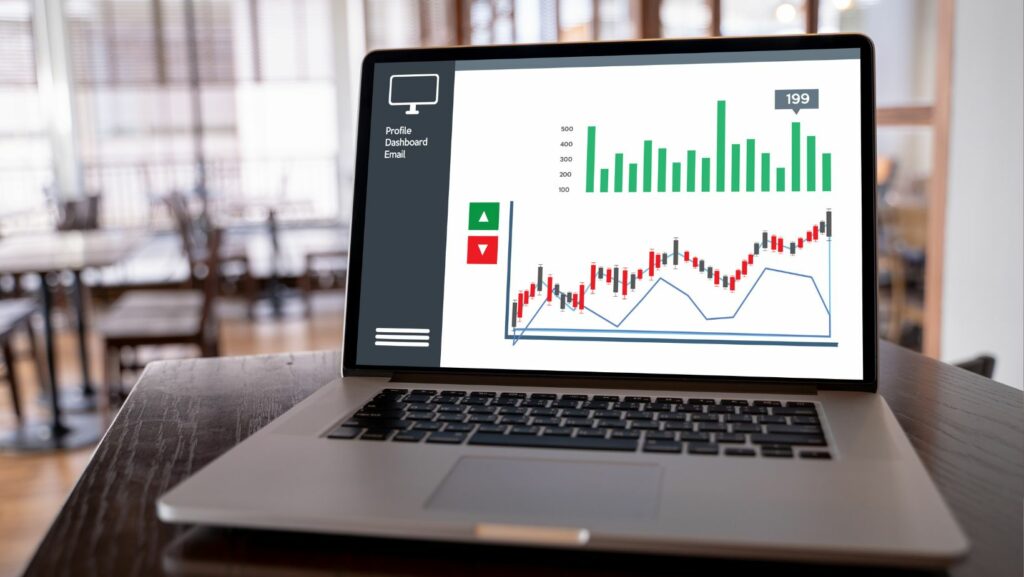Modern organizations are no longer relying solely on intuition to make crucial decisions. Efficiency, accuracy, and strategic foresight have become the cornerstones of thriving enterprises. As operational demands increase, understanding how business systems integrate with data analysis and risk management becomes a key differentiator for sustainable growth.
For those interested in seeing how digital systems power strategic decision-making even in entertainment sectors, read more about how real-time platforms apply analytical tools in games like live Monopoly to provide engaging, calculated gaming experiences.
Why Integrated Business Systems Matter More Than Ever
Companies striving to maintain operational consistency and transparency must look beyond isolated software tools. Integrated business systems streamline workflows across departments by connecting finance, supply chain, HR, and customer service platforms into a single digital ecosystem.
Instead of juggling multiple disconnected solutions, organizations benefit from seamless data synchronization. This translates to faster reporting, fewer manual errors, and consistent information across business units. As a result, decision-makers gain clarity and control over both daily operations and long-term planning.
Centralized platforms also facilitate better employee collaboration and reduce communication lags. Teams can easily share documents, updates, and analytics across departments without data silos causing delays or confusion.
Turning Data into Strategic Assets with Smart Analysis
Data without context is just noise. To turn raw inputs into actionable intelligence, businesses must apply robust data analysis techniques. This includes everything from historical trend reviews to predictive modeling and real-time performance dashboards.
Enhancing Decision-Making with Real-Time Insights
Real-time analytics empower leaders to make faster, more informed decisions. By continuously monitoring performance indicators such as customer behavior, inventory turnover, or marketing conversion rates, companies can react to challenges immediately rather than retrospectively.

For example, an e-commerce retailer might analyze cart abandonment patterns to adjust product pricing or delivery timelines, while a logistics firm could monitor vehicle efficiency in real-time to optimize routes and reduce fuel costs.
Predictive Analytics: Anticipating Challenges Before They Arise
One of the most valuable aspects of modern data systems is their ability to forecast. By studying past trends, machine learning models can estimate future demand, predict market fluctuations, or identify potential maintenance issues before they disrupt operations.
Common predictive analysis use cases include:
- Forecasting seasonal product demand
- Identifying high-risk loan applicants in finance
- Monitoring churn risk in subscription-based services
With predictive tools, businesses transition from reactive to proactive operations, reducing downtime and enhancing customer satisfaction.
Proactively Managing Risk for Sustainable Operations
Every venture comes with its own set of risks—whether operational, financial, legal, or cybersecurity-related. A solid risk management framework not only protects assets but also builds resilience against unforeseen disruptions.
Creating a Culture of Risk Awareness
It starts with awareness. Organizations must cultivate a risk-conscious culture where all employees understand potential vulnerabilities and know how to act in uncertain situations. This might include regular training, updated policy frameworks, and real-time alerts for specific risk indicators.
Risk-aware environments are more agile. When teams anticipate and adapt to potential threats, recovery from disruptions becomes smoother and faster.
Leveraging Data in Risk Management
Data analysis plays a pivotal role in identifying emerging risks early. Using algorithms and pattern recognition, businesses can detect anomalies or potential security threats before they escalate.

For instance, in the banking sector, automated systems can flag suspicious transactions that deviate from a customer’s usual spending pattern. Similarly, manufacturers can use sensor data to detect machinery wear and schedule maintenance before costly breakdowns occur.
Cross-Functional Synergy: When Systems, Analysis, and Risk Work Together
True business intelligence emerges when systems, analytics, and risk protocols work in harmony. This synergy helps businesses:
- Improve transparency and compliance
- Enhance customer experiences
- Reduce operational costs
- Anticipate market shifts effectively
Take the example of a global supply chain firm. By integrating its ERP with predictive tools and a robust risk management dashboard, the company can:
- Analyze supplier lead times
- Forecast delivery delays
- Adjust procurement plans
- Prepare contingency routes in case of geopolitical disruptions
Such coordinated systems don’t just protect operations—they enhance performance and competitive advantage.
Final Thoughts: Prioritizing Resilience and Intelligence
Enterprises that thrive in the current economic climate are those that embrace operational intelligence at every level. Building and integrating business systems, investing in meaningful data analysis, and developing mature risk management strategies are not optional—they are vital components of a future-ready organization.
No single tool or method guarantees success. But when these pillars operate in unison, businesses become more agile, responsive, and resilient—ready not just to survive, but to grow in an unpredictable world.


